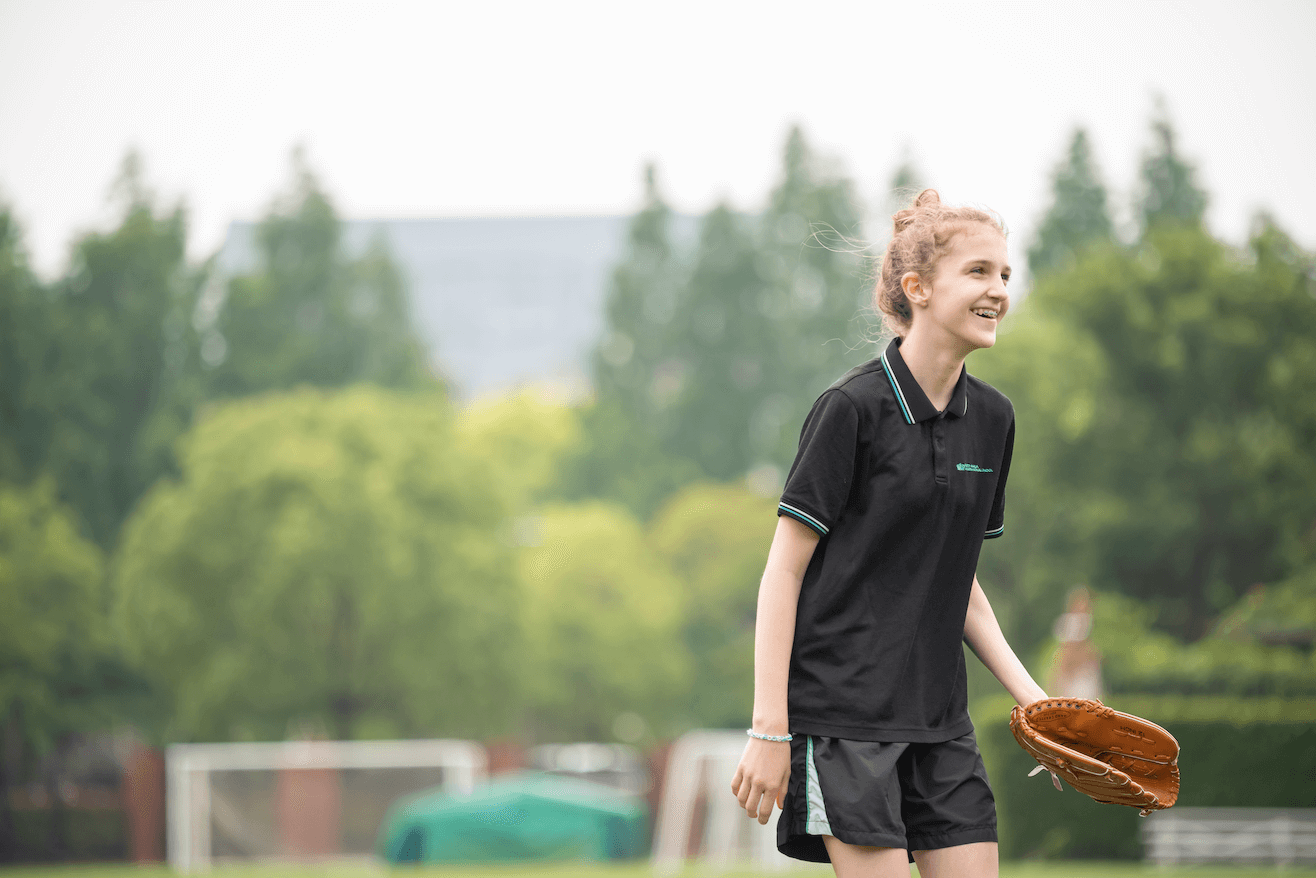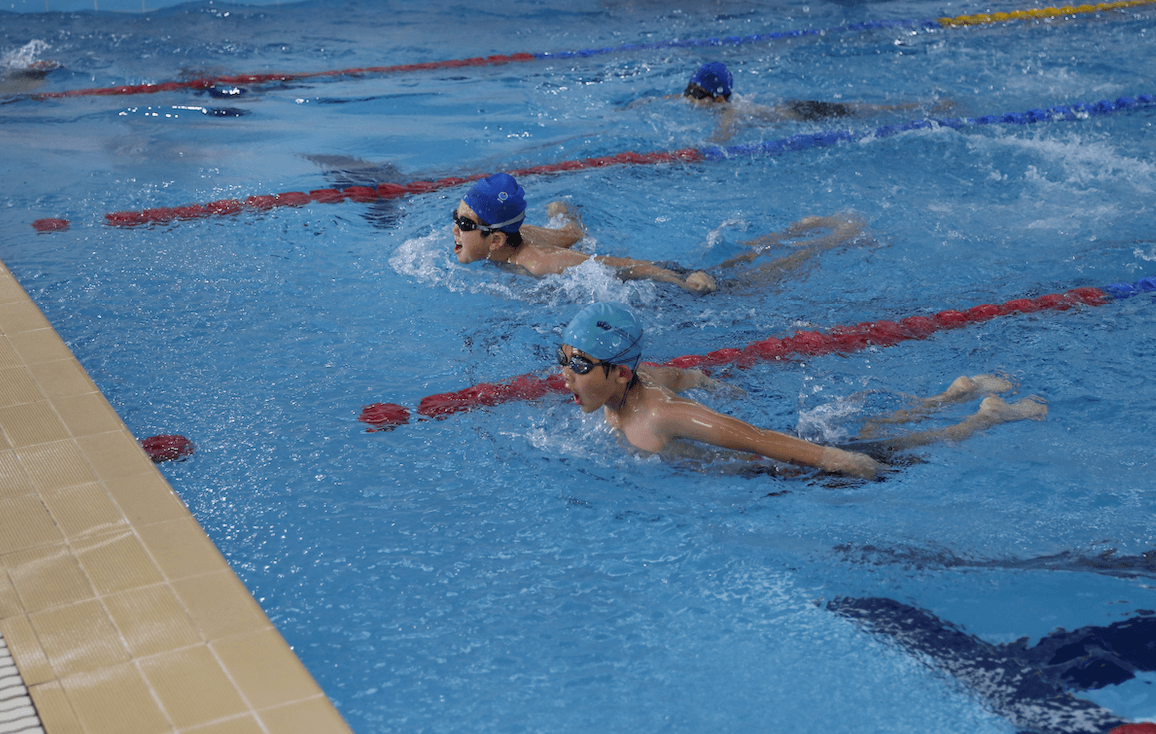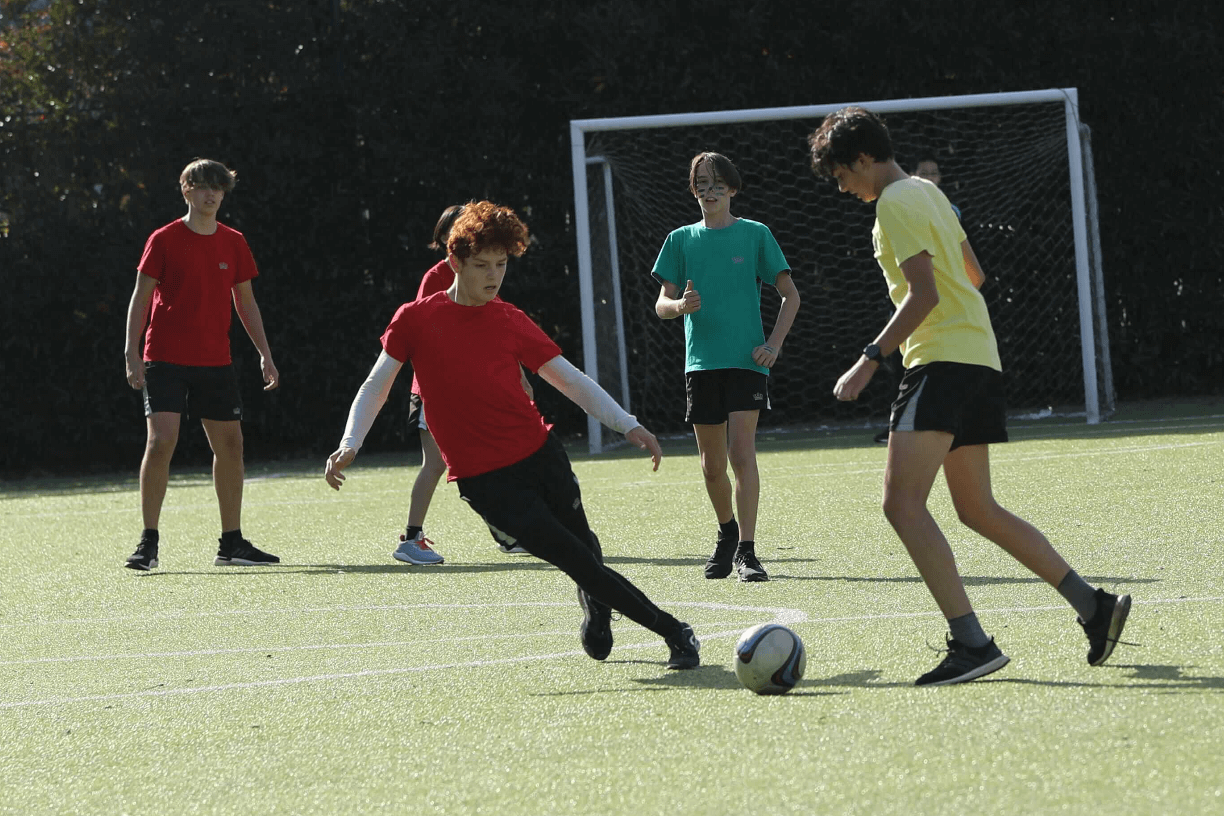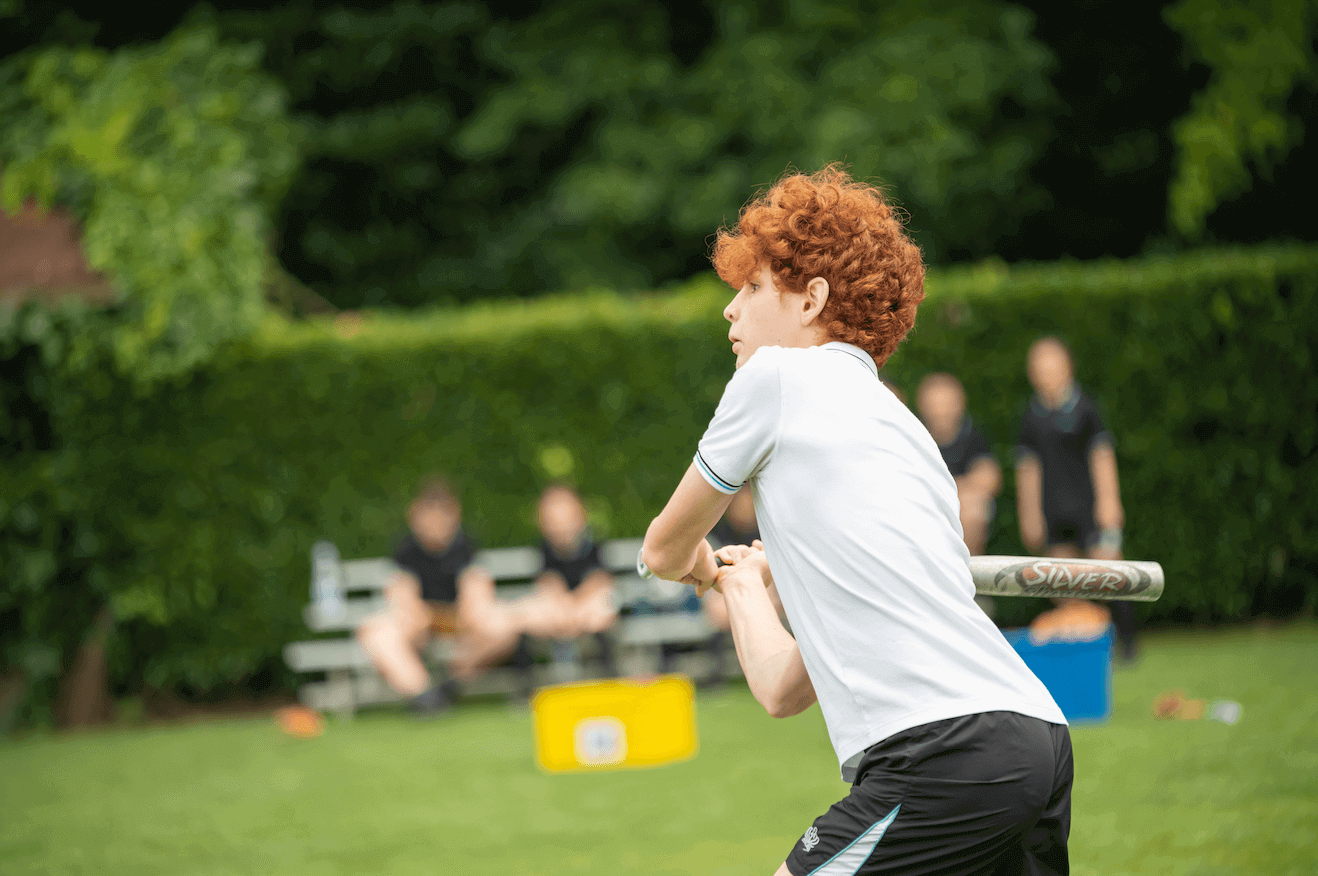Athletics has many benefits for children. It not only helps to improve their physical fitness, but also to develop a wide range of technical skills across the different athletics disciplines, including both track and field events. Athletics also help students to develop teamwork skills through group events such as relays, but also confidence and determination in individual activities.
To find out more about the range of other sports available at NAIS Pudong, please visit our Sports Activities page or contact us to speak to a member of our Admissions team for more information. Here are some of the athletics rules and regulations that we follow at NAIS Pudong.
Official rules and regulations for FOBISIA athletics competitions
All athletes will participate in the Shuttle Relay. Thereafter, athletes may enter a maximum of 5 and a minimum of 2 events.
U10 and U11 Girls U10 and U11 Boys
Track Events
60m 60m
100m 100m
800m 800m
4 x100m Relay 4 x100m Relay
Shuttle Relay Shuttle Relay
Field Events
High Jump High Jump
Long Jump Long Jump
3 Springs Jump Standing Triple Jump
PVC Discus – (200g) PVC Discus – (200g)
Turbo Javelin – (300g) Turbo Javelin – (300g)
Shot Putt – 1kg Shot Putt – 1kg
In each track event (except relay events) there will be 3 competitors A, B & C of which A will be the stronger athlete.
Scoring System for events
6 Schools
- A Events: 1st 18pts, 2nd 17pts, 3rd 16pts, 4th 15 pts, 5th 14pts, 6th 13pts
- B Events: 1st 12pts, 2nd 11pts, 3rd 10pts, 4th 9pts, 5th 8pts, 6th 7pts.
- C Events: 1st 6pts, 2nd 5pts, 3rd 4pts, 4th 3 pts, 5th 2pts; 6th 1pt
Relays are no longer double points, just normal A and B race points awarded.
- If competitors are entered in more than one field event taking place simultaneously, the judges may allow them to participate in an order different from that decided upon prior to the competition. High jump must, however, take precedence.
- In throwing or jumping for distance no competitor is allowed to have more than one attempt recorded in any one round of the competition.
- In the field events each competitor may be allowed up to three practice attempts and in all the events except high jump they will be allowed three attempts which go towards their best and final result.
- Once the competition has begun, competitors are not permitted to use the runways or take-off areas for practice or warm up purposes, nor are they permitted to use throwing sites for practice trials, with or without implements.
All events will take place under IAAF Competition rules with the following exceptions:
The Track Shuttle Relay
- The 50m shuttle relay will consist of 5 boys and 5 girls from each team. The5 girls will begin at the starting end and 5 boys to face them.
- The team will run up and down the 50m straight in a shuttle style. The baton will be handed over to the next person round an upright pole.
- The receiving runner will be standing waiting to receive the baton with their arm round the back of the pole.
- The incoming runner will put the baton into their hand and the runner will then take the baton round the back of the pole before running on.
The Field Events
With the exception of the high jump, all athletes will receive three attempts at field events.
Standing Triple Jump
- Athletes can start with their lead leg up to the line or may take a 1 step approach
- Athletes use a one-step approach and take off with their toe up to, but not on the take-off line.
- The order of jumps is hop, step and jump.
- Measurement is made from the rearmost part of the body touching the ground.
Long Jump
- The athlete begins running from his or her starting position and jumps, landing in a sand pit. There is a foul line, in the run-up area, that the athlete has to be aware of;
- Jumping from beyond this line results in a 'foul jump'. Jumpers try to get as close to the foul line as legally possible before initiating their jump.
- No part of the athlete's foot should cross the front edge of the foul line. If, at the point of take-off, any part of his foot crosses the front edge of the foul line, then the jump is termed to be illegal or a 'foul jump', and does not count.
- The long jumper has three attempts to register his or her best legal jump. A foul jump accounts for an attempt. Only the farthest legal jump counts.
- The distance or the 'jump' is measured from the front edge of the foul line to the first landing point of the athlete, from the first point of contact.
High Jump
- The height of the bar will start where all competitors are capable of jumping. The height the bar is raised between each round will also be geared to the ability of the competitors. The competitors shall be informed of this before the competition begins.
- Competitors have a maximum of seven jumps.
- Competitors may commence jumping at any of the heights above the minimum height and may jump at their discretion at any subsequent height.
- Elimination will be after 3 consecutive failures (although they do not have to be at the same height).
- After the competitor has won the competition and still has jumps to take, the height to which the bar is raised shall be decided after the judge of the competition has consulted the wishes of the competitor.
- Ties for first place only shall be decided by counting back. In the event of a tie the winner will be (reference the IAAF Handbook)
- The athlete with lowest number of jumps at that height
- The athlete with the fewest number of failures up to and including the last height cleared. If there is subsequently still a tie for first place the jumpers move back to the last height which those included in the tie jumped at one attempt
- If more than one jumper involved in the tie is successful the bar goes up until there is a result.
- If there is still a tie for first place jumper move back to the last height which those included in the tie jumped at one attempt
- The designated high jump judge will decide whether or not a jump is valid.
Shot Putt
- The shot shall touch or be in close proximity to the chin and the hand shall not be dropped below this position during the action of putting nor should the shot be brought behind the line of the shoulders.
- Measurement is made from the point of landing closest to the circle from where the shot is ‘putt’
- The shot will also not be recorded if it does not land in the designated throwing area
Turbo Javelin: 300g
- A run up will be allowed with no restrictions. Competitors must not step on to or over the throwing line or the attempt will be ruled as a no throw
- The measurement will be taken from where the tip of the javelin first lands (within the allocated vector) and back to the line.
- If the javelin lands tail first, this throw will not be recorded. If it lands flat this throw will be counted
- The javelin will also not be recorded if it does not land in the designated throwing area.
- The javelin must be thrown with an overhead action.
PVC Discuss : 200g
- All students will have three throws
- Basic standing throw with no spin
- Competitors must not step on to or over the throwing line or the attempt will be ruled as a no throw
- Measurement taken from where the discus first lands
- The discus will also not be recorded if it does not land in the designated throwing area.







.jpg?rev=-1&hash=4B1ADA74AB0E829CB2ECEE6BEF89D006)